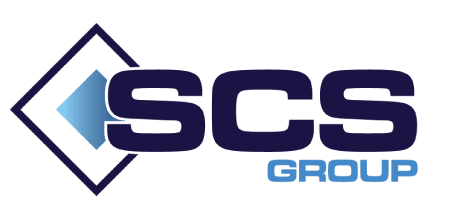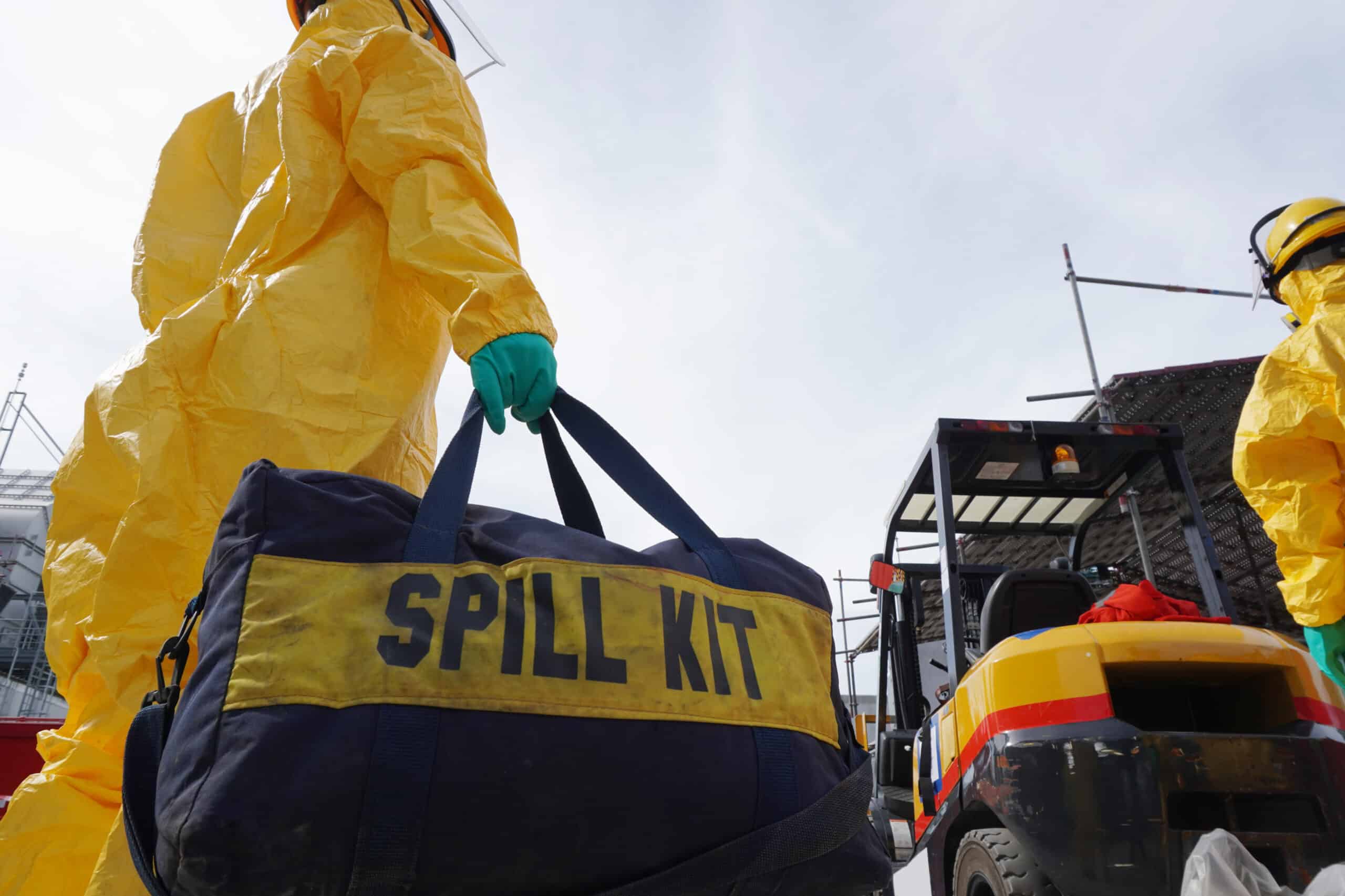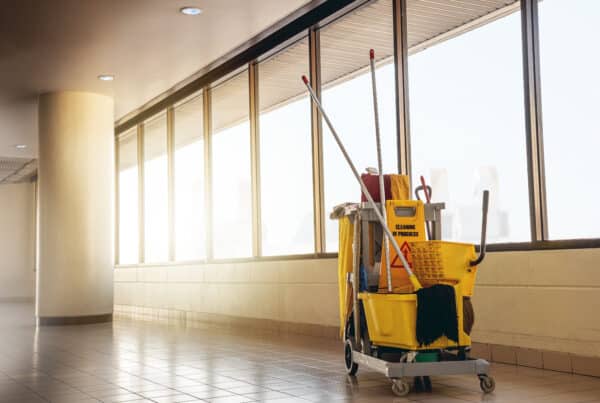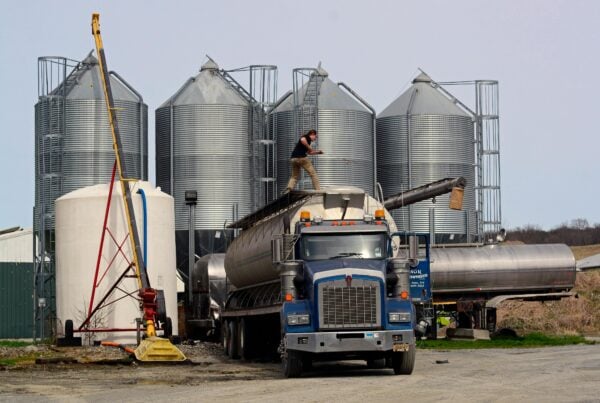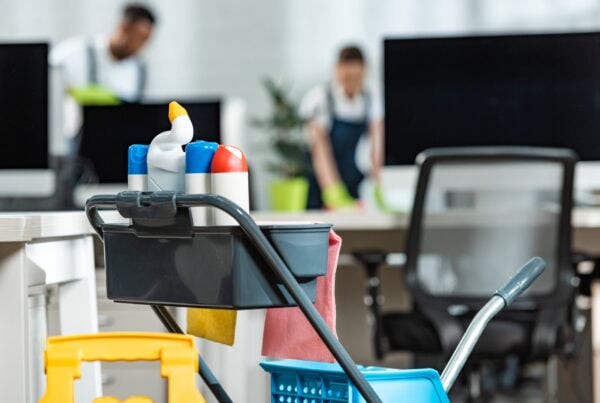When disaster strikes, whether it’s a fire, flood, or other emergencies, immediate response and safety measures are essential in mitigating risks and ensuring effective emergency cleaning. Time is of the essence when it comes to minimizing damage, preventing further hazards, and restoring safety. In this blog post, we will explore the importance of immediate response and the critical safety measures that professional emergency cleaning companies employ to address emergency situations swiftly and efficiently.
The Significance of Emergency Cleaning:
In challenging situations that require immediate attention, such as natural disasters, accidents, or traumatic events, emergency cleaning plays a crucial role in restoring cleanliness and safety. Whether it’s a commercial space, residential property, or trauma scene, prompt and efficient cleaning is essential to minimize risks, prevent further damage, and create a conducive environment for recovery. We will explore the significance of emergency cleaning and how it contributes to ensuring safety, restoring order, and promoting well-being in challenging environments.
Emergency Cleaning: Assessing the Extent of Fire and Water Damage
After a fire or water incident, it is crucial to assess the extent of the damage to determine the scope of cleanup and restoration needed. Proper assessment helps in developing an effective plan for restoring the affected area to its pre-damage condition. Here are some key points to consider when assessing fire and water damage:
Visual Inspection:
Begin by visually inspecting the affected area to identify visible signs of damage. Look for charred materials, water stains, discoloration, warping, and structural compromises. Take note of the areas and items that have been directly exposed to fire or water.
Water Damage Assessment:
If water was used to extinguish the fire, assess the extent of water damage. Determine the affected areas, including walls, floors, ceilings, and furniture. Pay attention to the presence of standing water, dampness, and moisture.
Fire Damage Assessment:
Evaluate the damage caused by the fire itself. Check for burned materials, structural damage, and the spread of smoke and soot. Assess the level of damage to walls, ceilings, electrical systems, and other components.
Hidden Damage:
Fire and water damage may not always be immediately apparent. Inspect hidden areas, such as behind walls, under flooring, and inside cabinets or closets, for any concealed damage. Use moisture meters and thermal imaging tools to identify hidden moisture or heat signatures.
Documenting the Damage:
Take photographs or videos of the affected areas to document the extent of the fire and water damage. This documentation is essential for insurance claims and for keeping a record of the damage for future reference.
Professional Assessment:
Consider hiring a professional fire and water damage restoration company to conduct a thorough assessment. They have the expertise and tools to identify hidden damage and accurately determine the scope of restoration required.
Safety Considerations:
Prioritize safety during the assessment process. Ensure that the area is safe to enter and wear personal protective equipment (PPE). If there are any concerns about structural stability or electrical hazards, seek professional assistance before entering the premises.
Emergency Cleaning : Water Extraction and Drying Techniques: Essential Steps in Emergency Cleaning
When water-related emergencies strike, such as flooding or burst pipes, swift and effective water extraction and drying techniques are paramount. The presence of excess water can cause significant damage to a property, leading to structural issues, mold growth, and potential health hazards. We will learn the importance of water extraction and drying techniques in emergency cleaning and discuss the methods employed by professional cleaning teams to restore the affected areas.
Rapid Water Extraction:
The first step in mitigating water damage is the swift extraction of excess water from the property. Professional emergency cleaning companies utilize powerful water extraction equipment, including pumps, vacuums, and specialized tools, to remove standing water efficiently. By removing the water promptly, further damage to the structure and belongings can be minimized.
Moisture Detection and Assessment:
Once the standing water is extracted, moisture detection and assessment play a crucial role in identifying hidden pockets of moisture. Professional cleaners employ advanced moisture detection tools, such as infrared cameras and moisture meters, to locate areas with elevated moisture levels. This comprehensive assessment helps determine the extent of the damage and ensures that all affected areas are properly addressed during the drying process.
Structural Drying:
After the assessment, the focus shifts to the drying process. Professional cleaning teams employ a combination of techniques to facilitate efficient structural drying. This may include the use of industrial-grade air movers, dehumidifiers, and specialized drying equipment. These devices work together to circulate dry air, remove excess moisture, and speed up the evaporation process. By thoroughly drying the structure, the risk of mold growth, rot, and structural deterioration can be significantly reduced.
Content Drying and Restoration:
In addition to structural drying, it is essential to address the drying and restoration of affected contents within the property. Professional cleaning companies offer specialized services for content drying and restoration, which may include document drying, furniture restoration, and electronic equipment recovery. These techniques are designed to salvage valuable items and minimize the financial and sentimental losses caused by water damage.
Mold Remediation and Prevention
One of the most significant concerns after water damage is the potential growth of mold. Moisture-laden environments provide ideal conditions for mold spores to thrive, posing health risks and further damaging the property. Professional cleaning teams employ proactive measures to prevent mold growth. Applying antimicrobial treatments, using specialized drying techniques, and conducting thorough inspections. By addressing moisture issues and implementing preventive measures, the risk of mold can be effectively minimized.
| Related Read: How the integration of Internet of Things (IoT) technology is revolutionizing commercial cleaning. |
Emergency Cleaning : Soot and Smoke Residue Removal
In the aftermath of a fire, dealing with the remnants of soot and smoke residue is a critical part of the restoration process. These residues can pose health risks, cause unpleasant odors, and tarnish surfaces if not addressed properly. Professional cleaning companies specialize in soot and smoke residue removal, employing specialized techniques and equipment to restore cleanliness and freshness to fire-damaged properties. In this blog post, we will explore the importance of soot and smoke residue removal and discuss the methods utilized by commercial cleaning professionals to ensure effective restoration.
Understanding Soot and Smoke Residue:
Soot and smoke residue consist of fine particles and chemicals that are released during a fire. They can spread throughout the property, settling on surfaces and infiltrating porous materials. Soot particles are typically black or dark gray and have a sticky, oily consistency, making them challenging to remove without proper techniques.
Assessing the Damage:
Before initiating the emergency cleaning process, professional cleaners conduct a thorough assessment of the affected areas to determine the extent of the damage. This assessment helps identify the type of residues present, the surfaces affected, and the appropriate cleaning methods and products to be used.
Safety Precautions:
Dealing with soot and smoke residue requires adherence to safety precautions to protect both the commercial cleaning professionals and the property occupants. This may involve wearing personal protective equipment (PPE), ensuring proper ventilation, and implementing containment measures to prevent cross-contamination.
Dry Cleaning Methods:
Dry cleaning methods are commonly used to remove loose soot and smoke residue from surfaces. Techniques such as vacuuming with HEPA filters, dry sponge cleaning, and brushing are employed to gently lift the particles without spreading them further.
Wet Cleaning Techniques:
In cases where surfaces can withstand moisture, wet cleaning techniques are utilized to effectively remove stubborn soot and smoke residue. Professional cleaners employ specialized cleaning solutions, sponges, and microfiber cloths to safely and efficiently clean surfaces. These solutions are designed to break down and remove the residues without causing additional damage.
Odor Elimination:
Alongside soot and smoke residue removal, addressing lingering odors is a crucial step in the restoration process. Professional cleaning companies employ various odor elimination techniques, such as ozone treatment, thermal fogging, and the use of specialized deodorizers, to neutralize and eliminate smoke-related odors, ensuring a fresh and clean environment.
Restoration of Affected Items:
Besides cleaning surfaces, professional cleaners also focus on restoring items that have been hit by soot and smoke residues. This may involve specialized techniques for cleaning and deodorizing upholstery, fabrics, carpets, and personal belongings, ensuring their safe and thorough restoration.
Rapid Response Emergency Cleaning Solutions: Restoring Cleanliness and Safety with SCS Group Integrated Services
At SCS Group Integrated Services. Best Commercial Commercial Cleaning Company in Brisbane specialize in Emergency cleaning, we understand the urgency and complexity of emergency cleaning, and we specialize in providing exceptional cleaning services to meet your needs. As a leading commercial cleaning company in Brisbane, we have extensive experience in handling emergency situations, such as fire and water damage cleanup. With extensive training, our team use and practice the latest tools and techniques to conduct professional emergency cleaning and restore cleanliness and safety in challenging environments.
At SCS Group Integrated Services, we commit our time and effort to delivering exceptional emergency cleaning results. We provide a safe and conducive environment for recovery. With the help of our professional cleaning team with the cleaning expertise in emergency cleaning We are your trusted cleaning partner in restoring cleanliness and safety. Contact us today and let us handle your emergency cleaning needs with professionalism, efficiency, and attention to detail.
| Related Read: WHY Choose – SCS Group |
